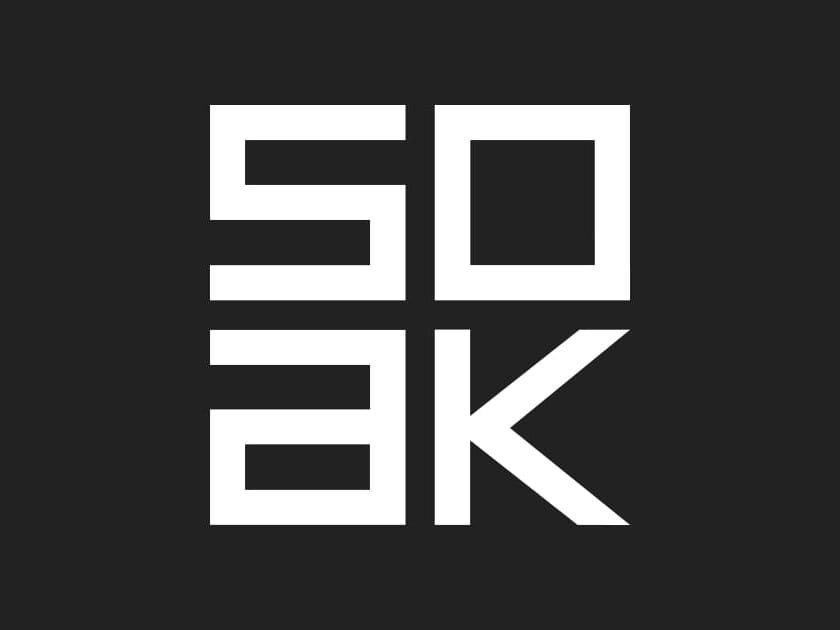/23.07.25
Beyond the Brochure: Navigating the World of Website Design and Build
Your website is far more than just an online business card; it's a dynamic hub for connecting with your audience, driving engagement, and achieving your business goals. But with so many options out there, how do you even begin to approach designing and building one? At Soak, we often get asked about the different types of websites and the various ways they're put together.
Let's break down the key approaches to website design and build, helping you understand the choices that will shape your digital presence.
Design Approaches: Adapting to Every Screen
The way your website looks and behaves across different devices is crucial for a positive user experience. These design approaches dictate how your site adapts to everything from a large desktop monitor to the smallest smartphone screen.
Responsive Design: This is the gold standard today. Imagine your website content as water in a glass – it automatically resizes and rearranges itself to fit the container it's in. A single version of your site fluidly adapts to any screen size, ensuring a consistent and optimal experience for everyone, everywhere. This is fantastic for user experience and a big plus for your SEO efforts.
Adaptive Design: Think of this like having a few pre-set outfits for different occasions. With adaptive design, we create several fixed layouts, each tailored for a specific screen size (e.g., one for desktops, one for tablets, one for mobiles). Your website then serves up the most appropriate "outfit" based on the user's device. It offers precise control but can be a bit more complex to manage with multiple versions.
Mobile-First Design: This is a powerful strategy often used within responsive or adaptive design. It means we start designing and building for the smallest screens first (mobiles) and then progressively add features and complexity for larger screens. This approach forces a focus on essential content and functionality, resulting in a cleaner, more efficient website experience.
Static Page Layout: This is a fixed-width layout that doesn't change, no matter the screen size. While simple to build, it often leads to frustrating experiences on mobile devices, with users having to pinch and zoom or scroll horizontally. It's largely outdated and not recommended for modern businesses looking to truly engage their audience.
Website Types: Tailored for Purpose and Functionality
Beyond how a site adapts, its core purpose and functionality define its type. Here are some common categories:
Brochure Websites: These are your online business cards, designed to inform visitors about your company, services, and contact details. They establish a foundational online presence.
E-commerce Websites: If you're selling products or services online, this is your digital storefront. These sites feature product listings, shopping carts, secure payment gateways, and order management systems.
Blogs: Perfect for sharing articles, news, insights, and educational content. Blogs are great for thought leadership and keeping your audience updated.
Portfolio Websites: Essential for creatives (designers, photographers, artists) to showcase their work visually, often with galleries and case studies.
Web Portals: Think of these as a central hub, providing a single point of access to various information, applications, or services, often for specific user groups like employees or students.
Membership Websites: These sites offer exclusive content or features to registered users or paying subscribers, creating a premium experience.
Web Applications (SaaS): These are websites that function like software tools, performing specific tasks online. Examples include project management tools, CRM systems, or online design platforms.
Whether you need a sleek new e-commerce platform, a dynamic blog, or a robust web application, understanding these different types of website design and build is the first step towards creating a powerful and effective online presence.
Ready to embark on your next digital transformation? Let our award-winning team support you in achieving your goals; email us at [email protected]. We'd love to hear your ideas!
